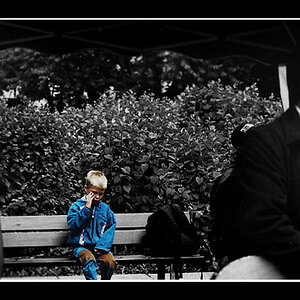Jeremy Z
No longer a newbie, moving up!
- Joined
- Jan 4, 2007
- Messages
- 1,179
- Reaction score
- 32
- Location
- Chicago burbs
- Can others edit my Photos
- Photos OK to edit
Well, I guess I do need more explanation.If you need more explanation, let me know and I'll go back to writing the book.
Did you do any apples-to-apples comparisons, i.e. with the same equivalent focal length?
What about with the lenses stopped down as well as wide open? That second one is certainly very sharp. I can see the pulp in the paper.
Why didn't you clean all the finger prints off of the first lens before shooting? :lmao:


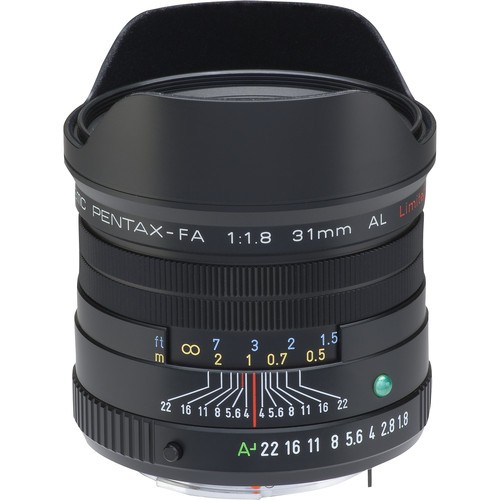
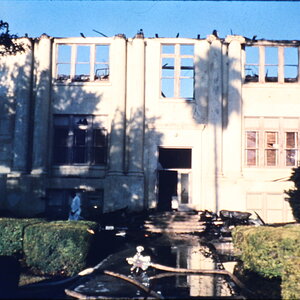

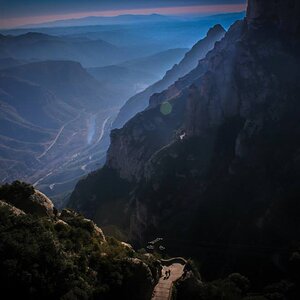
![[No title]](/data/xfmg/thumbnail/31/31979-ea92aca54ae865842d998c9cec534991.jpg?1619735137)

![[No title]](/data/xfmg/thumbnail/37/37602-1ef8dbb1c2d0e4ff347ee65d328c3603.jpg?1619738147)
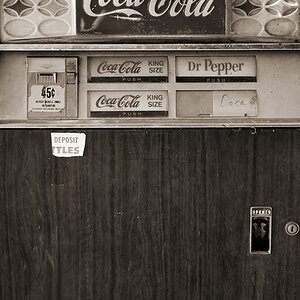

![[No title]](/data/xfmg/thumbnail/42/42267-2fff585000110a96fd9ac3ff09cceb95.jpg?1619740076)
